Species Photo Gallery for Enchenopa on-cercis Undescribed Enchenopa on Redbud 28 |
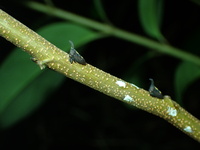 | Photo by: Kelli Ashby
Durham Co.
Comment: After the freezing nights and light snow flurries the week of November 15th, these individuals are still alive and possibly laid more eggs? | 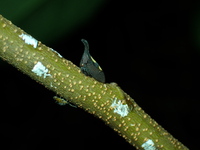 | Photo by: Kelli Ashby
Durham Co.
Comment: After the freezing nights and light snow flurries the week of November 15th, these individuals are still alive and possibly laid more eggs? |
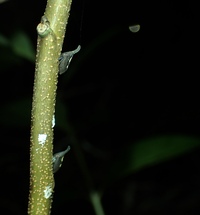 | Photo by: Kelli Ashby
Durham Co.
Comment: After the freezing nights and light snow flurries the week of November 15th, these individuals are still alive and possibly laid more eggs? | 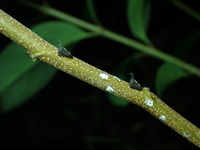 | Photo by: Kelli Ashby
Durham Co.
Comment: After the freezing nights and light snow flurries the week of November 15th, these individuals are still alive and possibly laid more eggs? |
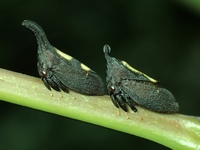 | Photo by: Kelli Ashby
Durham Co.
Comment: Two side-by-side | 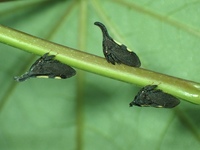 | Photo by: Kelli Ashby
Durham Co.
Comment: Three females? On branch |
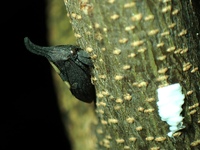 | Photo by: Kelli Ashby
Durham Co.
Comment: Beside eggs on Red bud | 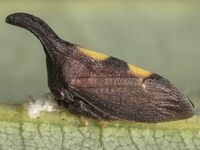 | Photo by: Mike Dunn
Chatham Co.
Comment: underside of redbud leaf |
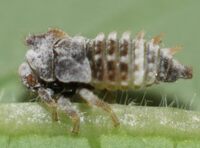 | Photo by: Scott Bolick
Guilford Co.
Comment: | 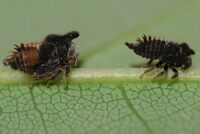 | Photo by: Scott Bolick
Guilford Co.
Comment: |
 | Photo by: Scott Bolick
Forsyth Co.
Comment: |  | Photo by: Kelli Ashby
Durham Co.
Comment: One of 5 individuals. This one is curious because of the horn. It’s become a nub. Curious |
 | Photo by: Kelli Ashby
Durham Co.
Comment: Mating? |  | Photo by: Scott Bolick
Forsyth Co.
Comment: |
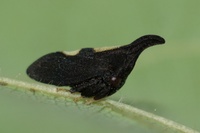 | Photo by: Scott Bolick
Forsyth Co.
Comment: | 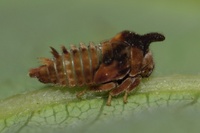 | Photo by: Scott Bolick
Forsyth Co.
Comment: |
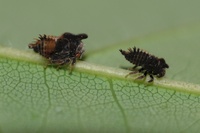 | Photo by: Scott Bolick
Guilford Co.
Comment: |  | Photo by: Scott Bolick
Guilford Co.
Comment: |
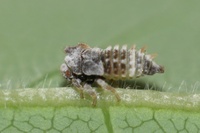 | Photo by: Scott Bolick
Guilford Co.
Comment: | 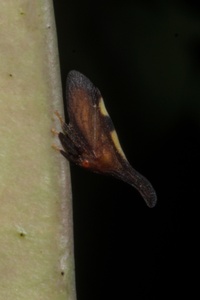 | Photo by: Scott Bolick
Forsyth Co.
Comment: |
 | Photo by: Scott Bolick
Forsyth Co.
Comment: | 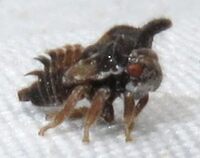 | Photo by: B. Bockhahn
Rockingham Co.
Comment: HARI - Nymph. Most likely undescribed species that feeds on redbud, may be split out in the future from binotata. |
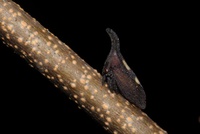 | Photo by: Scott Bolick
Forsyth Co.
Comment: |  | Photo by: Scott Bolick
Forsyth Co.
Comment: |
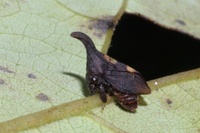 | Photo by: Scott Bolick
Forsyth Co.
Comment: |  | Photo by: B. Bockhahn
Rockingham Co.
Comment: HARI |
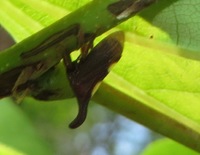 | Photo by: B. Bockhahn
Iredell Co.
Comment: LANO |  | Photo by: Mike Dunn
Chatham Co.
Comment: underside of redbud leaf |
|

 »
»
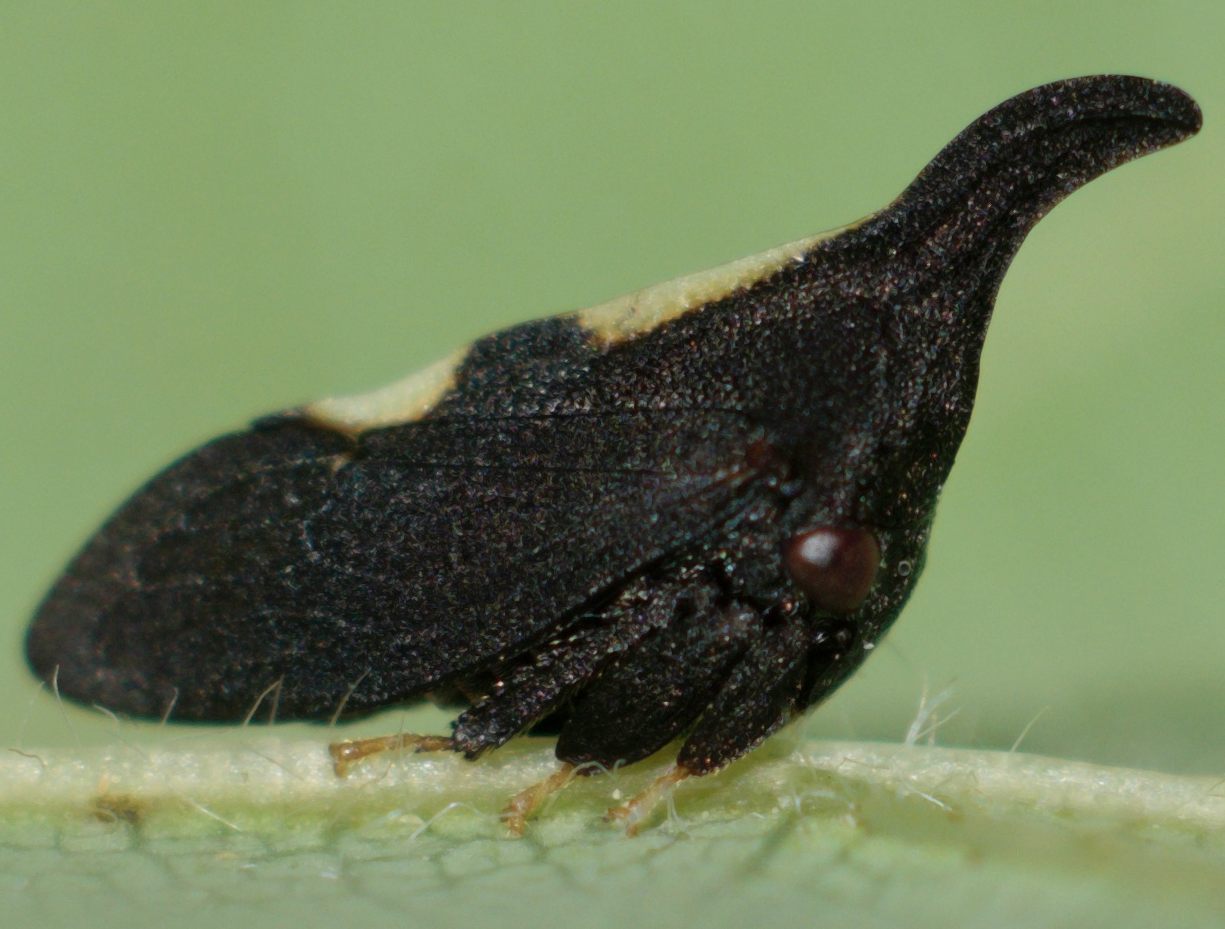
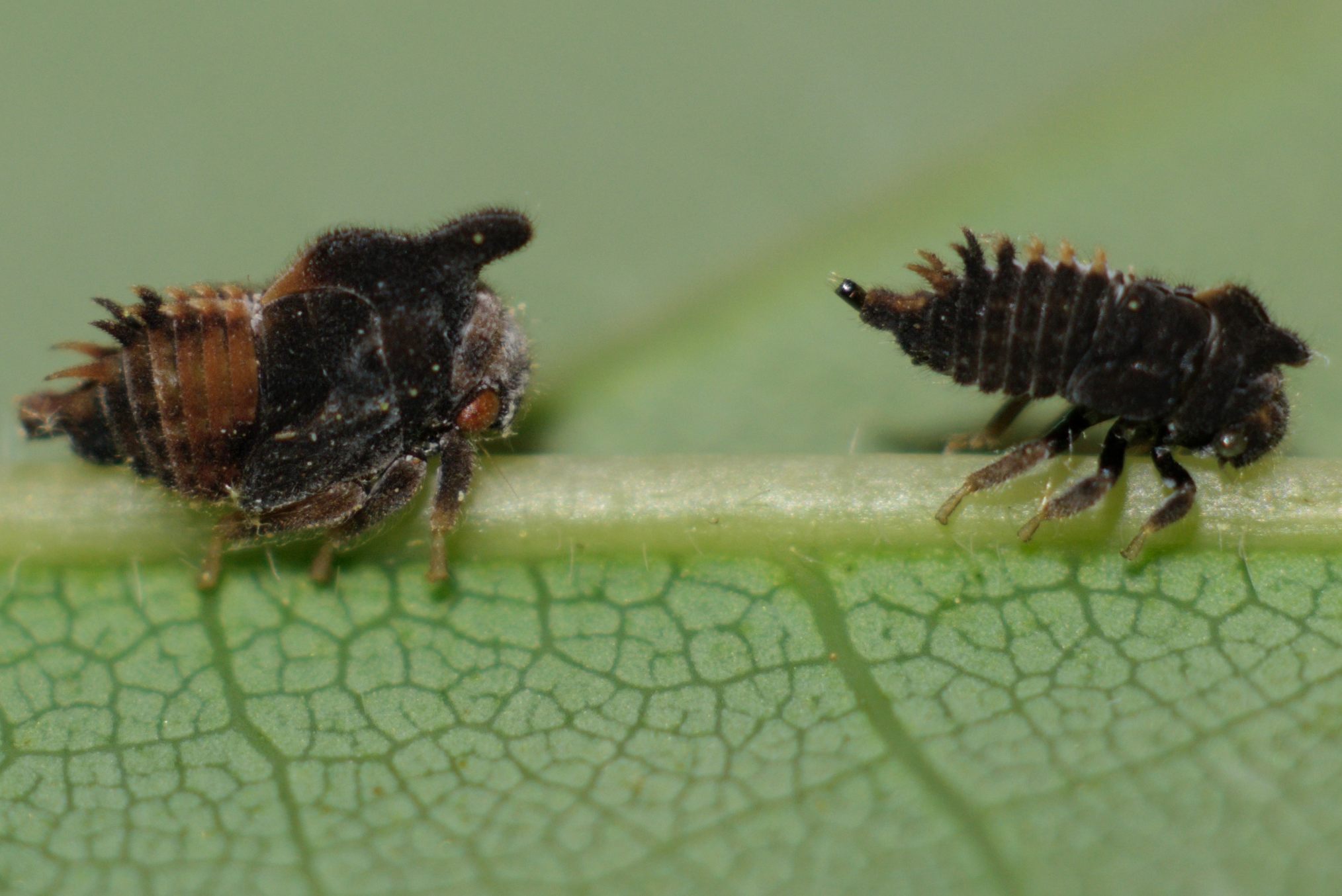
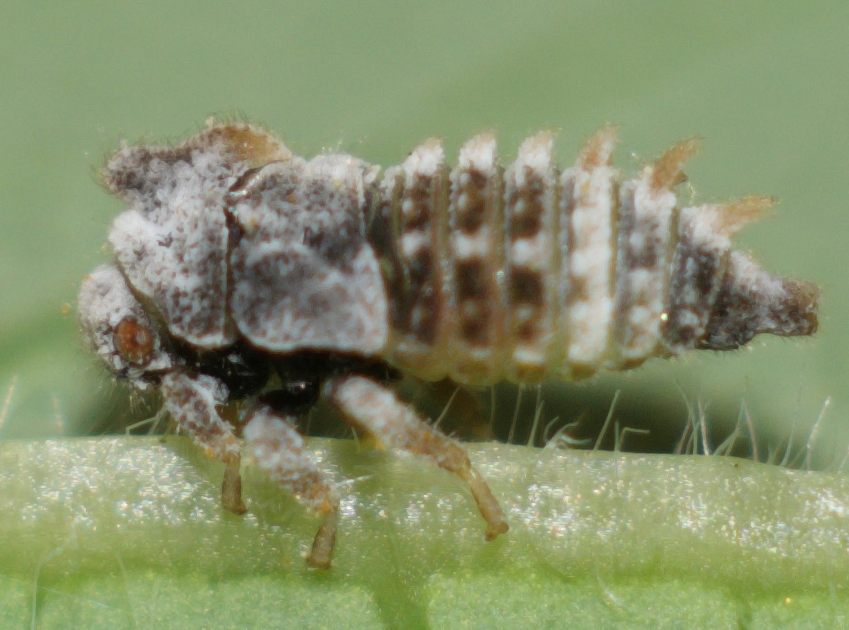

 »
»


